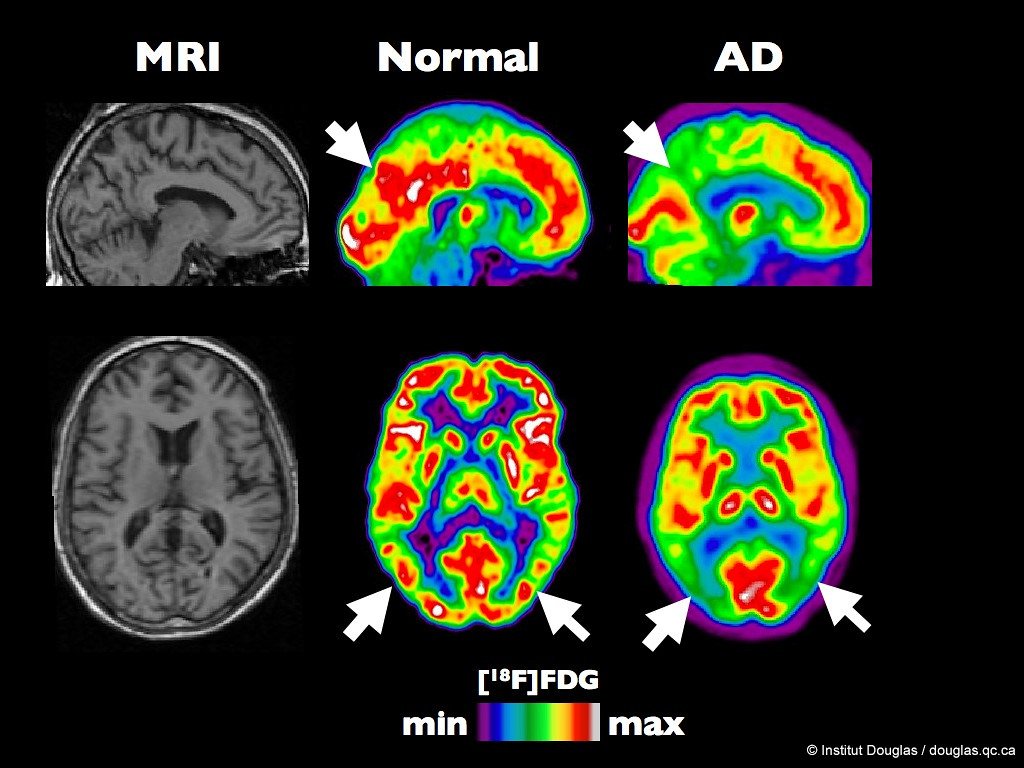Alzheimer’s disease is one of the most daunting challenges in medical science, affecting millions of individuals worldwide, along with their families. As our global population ages, the urgency to find effective treatments and potentially a cure for Alzheimer’s has never been higher. Recent groundbreaking research in this field offers new hope and has the potential to transform the future of aging.
Understanding Alzheimer’s Disease

Alzheimer’s disease is a progressive neurodegenerative disorder characterized by memory loss, cognitive decline, and behavioral changes. Typically affecting older adults, it significantly hampers daily functioning and quality of life. Early symptoms often start with forgetfulness but can advance to severe cognitive impairment and complete dependency on caregivers.
The Importance of Alzheimer’s Research

Research into Alzheimer’s disease is crucial, given the increasing number of elderly individuals susceptible to the condition. Understanding the underlying mechanisms of Alzheimer’s can lead to more accurate diagnoses, development of effective treatments, and preventive strategies. Moreover, advancements in this area can alleviate the socio-economic burden it imposes on healthcare systems globally.
Recent Breakthroughs in Alzheimer’s Research

In recent years, researchers have made significant strides in understanding Alzheimer’s. New insights into protein dysfunction, genetic factors, and the role of lifestyle and environmental influences are emerging. Key breakthroughs include discoveries related to amyloid-beta plaques and tau tangles—two main hallmarks of Alzheimer’s pathology.
The Role of Amyloid-Beta in Alzheimer’s

Amyloid-beta plaques are sticky clumps of protein fragments that accumulate between neurons, disrupting cell function. Recent studies have focused on targeting these plaques, exploring potential treatments that can clear or prevent their formation. This research has led to the development of drugs that show promise in slowing disease progression.
Insights into Tau Proteins

Tau proteins, which form tangles inside neurons, have been a significant focus of Alzheimer’s research. Emerging therapies aim to prevent tau tangling or counteract its toxic effects. Understanding how tau pathology spreads and damages the brain is pivotal for creating therapeutic interventions.
Genetic Research and Alzheimer’s

Genetic studies have revealed that specific genes can increase the risk of developing Alzheimer’s. The most well-known is the APOE-e4 allele, but researchers have identified numerous other genetic factors involved. Decoding these genetic components enables the development of personalized medicine approaches, tailoring prevention and treatment strategies to individual genetic profiles.
Lifestyle and Environmental Factors

Research indicates that lifestyle choices and environmental factors might play a role in Alzheimer’s risk. Factors such as diet, exercise, mental activity, and social engagement are being studied for their protective effects. Building awareness of these factors can empower individuals to make changes that potentially delay or prevent the onset of the disease.
Innovative Approaches to Treatment

Aside from traditional drug therapies, innovative techniques such as immunotherapy, gene editing, and stem cell therapies are being explored. These approaches aim to modify disease processes at a molecular level, offering new avenues for effective treatment.
The Role of Early Diagnosis

Early diagnosis of Alzheimer’s can significantly enhance treatment outcomes. Researchers are developing advanced imaging techniques and biomarkers to detect the disease in its earliest stages. Early intervention can lead to better management and slowed progression of symptoms.
The Impact of Technology on Research

Advanced technologies, such as artificial intelligence and machine learning, are revolutionizing Alzheimer’s research. These technologies enable the analysis of vast datasets to identify patterns and predict disease progression, leading to faster and more precise discoveries.
Global Collaboration in Alzheimer’s Research

Collaboration among researchers worldwide is critical in addressing Alzheimer’s. Large-scale research initiatives and shared databases are enabling scientists to pool resources and knowledge, accelerating the pace of discovery and the development of new therapies.
The Future of Alzheimer’s Research

The future of Alzheimer’s research looks promising, with numerous potential therapies and interventions on the horizon. Continued investment in research will likely yield significant advancements, providing new hope for patients and their families.
Conclusion: Embracing Hope and Innovation

As breakthroughs in Alzheimer’s research continue to unfold, there is renewed hope for those affected by the disease and their loved ones. Innovative approaches and collaborative efforts are paving the way for treatments that could fundamentally change how Alzheimer’s is understood and managed. While challenges remain, the future of aging looks brighter, thanks to the tireless efforts of researchers dedicated to unraveling the mysteries of Alzheimer’s.




